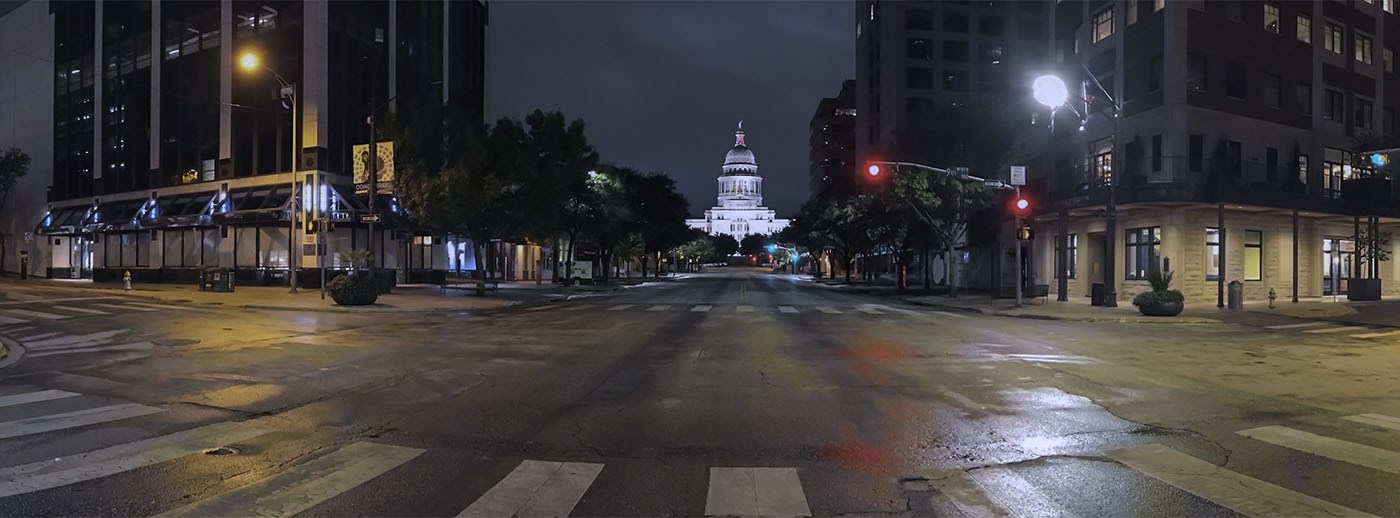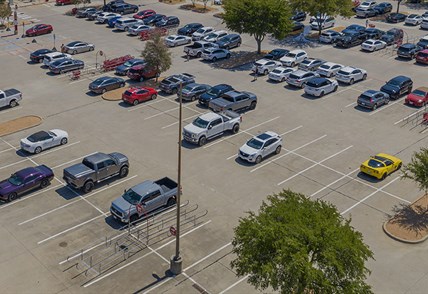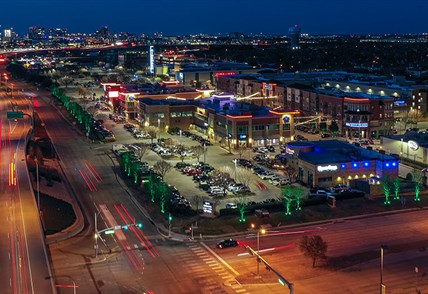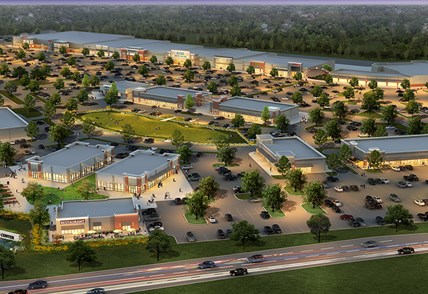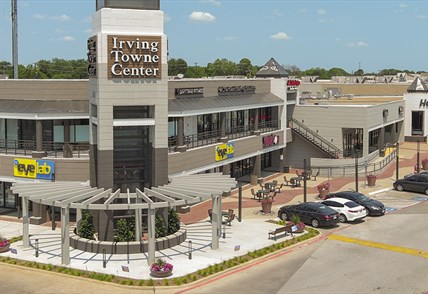By Ian Pierce, VP-Communications
Austin's market as of mid-year 2017 showed a slight drop in vacancy due to the closure of several major box stores, as well as churn in small-shop space in terms of restaurants and other users. Even with the decline, to right at 96 percent, Austin remains the strongest major-metro retail market in Texas in terms of occupancy. And based on deals in the works for some of the larger box spaces, we expect overall occupancy to maintain its high levels through the remainder of 2017 and into 2018.
For 2017, the market is on track to add approximately 890,000 square feet of retail space in new and expanded projects. Based on that total, the market is on track to see a notable drop from the 1.1 million square feet added in 2016. Low construction of this type, which typically opens full or nearly full, actually helps keep occupancy steady by driving retail demand to existing retail (as noted below in the section on redevelopments and backfilled retail spaces).
These findings are based on a review of retail market conditions for the greater Austin area as of mid-year 2017 by Weitzman, a statewide retail-focused commercial real estate services firm. The market’s occupancy rate is based on an inventory of approximately 48.9 million square feet of retail space in projects with 25,000 square feet or more.
Marketwide, Austin’s core areas report the highest occupancy rates, center by center. Because the metro’s core is largely built out in terms of retail space, it is creating opportunities to create new retail experiences through redevelopments.
Key redevelopments opening or underway in Austin include:
• Dobie Twenty21, adjacent to the University of Texas, where Target will open a 22,000-square-foot “small-box” store set to open in fall 2017;
• The Crescent, a redeveloped center with approximately 116,000 square feet at Airport Boulevard and North Lamar Boulevard, which will be anchored by specialty grocer 99 Ranch Market;
• The redevelopment of the former 133,000-square-foot Target (closed in early 2016) at the Shops at Tech Ridge into multi-tenant space;
• The Linc, the redevelopment of an aging retail center at 6406. N. IH-35 in North Austin, for restaurant and entertainment space.
While Austin remains the tightest retail market in Texas, it is not immune from closings. During 2017, a number of small-shop spaces have been vacated by concepts like My Fit Foods, Payless, Verts and one-location local restaurants, shops and services that failed to gain traction in the competitive market.
In terms of box spaces, the bankruptcy of Gander Mountain created a 50,882-square-foot vacancy at Round Rock Crossing, and the junior box space for OfficeMax at the mixed-use The Triangle also is available. Additionally, the 42,000-square-foot former Sports Authority at Southpark Meadows, which closed in 2016, remains vacant. Fortunately, deals are in the works to absorb all or most of these spaces in the near term.
The outlook for these and other vacancies in Austin is strong, since lower construction drives expanding tenants to open in existing-center vacancies.
Anchors opening in backfilled or redeveloped retail space include Petco, Total Wine & More, HMart, AMC and Golf Galaxy.
New entrants to the market include Aldi, Pet Supermarket and New York-based fast-casual concept The Halal Guys.
The tight space market in Austin has resulted in several consecutive years of rental rates increases. For 2017, however, asking and effective rents remain stable or even slightly lower, due largely to downward pressure caused by steep increases in retail triple nets (NNN). Triple nets, representing tenants’ negotiated pro-rata share of operating expenses, are rising largely due to steep increases in property valuations. These higher valuations result in higher property taxes, and property taxes are factored into NNN rates.
For all classes of space, actual rates for specific centers and spaces can go notably lower or higher than the rates listed below due to factors including anchors, traffic, demographics and location within a center.
• For small-shop space in anchored Class A projects, rates range from the lower to mid-$30s per square foot per year to $40 per square foot or higher for the best-located centers with strong traffic and co-tenancy. Small-shop space in well-located new construction is reaching $42 per square foot;
• Averages for Class B small-tenant rates are posting from the low-to-high-$20-per-square-foot per year range;
• Averages for Class C rates for small-tenant in-line spaces typically range from the teens to the low $20s on a per-square-foot-per-year basis.
The greater Austin market currently reports one of the strongest economies in the country, with an extremely low unemployment rate of only 3.2 percent as of mid-year (May) 2017, steady housing activity and an investment market that the prestigious Urban Land Institute dubbed the best overall real estate investment and development market in the U.S. The Austin metro area also ranks as the fastest-growing large metro market in the country, with a population increase of 2.9 percent in the most recent one-year survey period, according to a report released by the U.S. Census Bureau in April 2017. Based on this economic strength and the continued balance of supply and demand, all signs point to continued health for the Austin-area retail market.
